What is wire and what is it like?
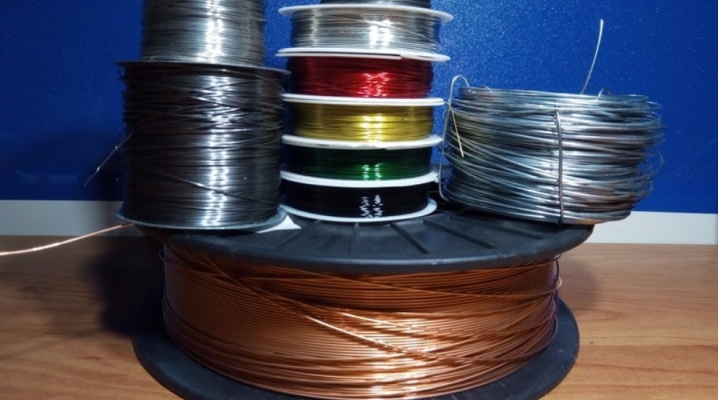
In order to immovably fasten something to something, we most often use wire. Why? It is able to reliably and firmly connect two surfaces, two corners or two vertices.
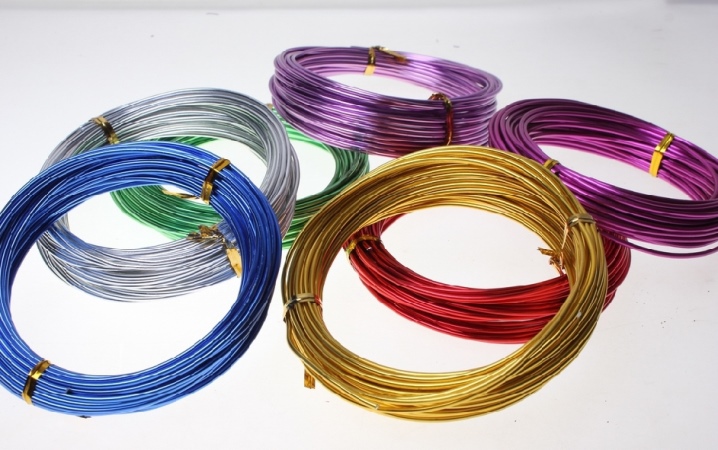
What it is?
Wire is a thin metal product that has no restrictions in length and, under mechanical or physical impact, plastically bends at different angles. Wire is made from a mixture of different materials by pressing or rolling. Basic diameters range from 0.0005 to 1.7 cm. Their functions include the following:
- telecommunications;
- mechanical support;
- electrical conductivity.
Myself wire term the bundle of threads matters, for example, it can be cable wires or metal ropes.
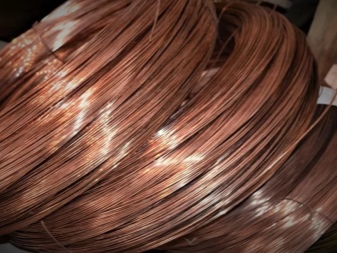
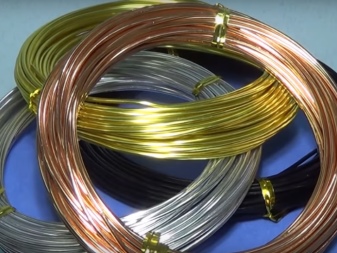
Species overview
In accordance with the current GOST, the following are distinguished types of wire.
- Copper-plated... This type is used when working with compounds containing carbon or alloy steels, it is often called colored.

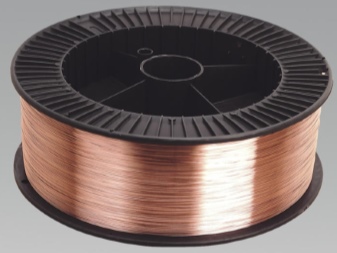
- Aluminum composition. Designed for welding with aluminum, manganese, silicon and magnesium alloys.
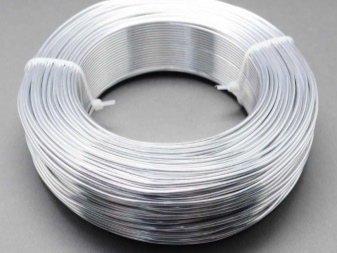
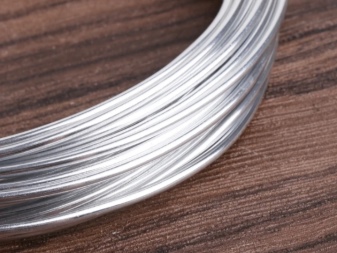
- Stainless steel... Suitable for bonding metals containing chromium or nickel.
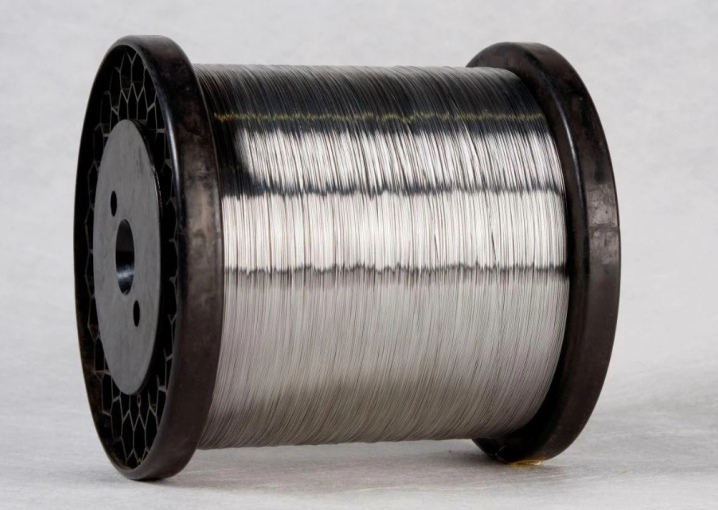
- Powder - Combines with carbon steel. Connections take place during heat treatment.

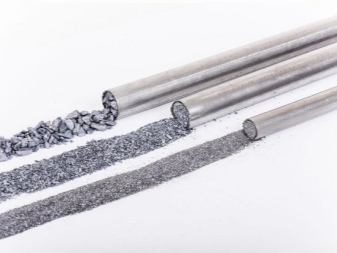
- Titanium... To work with titanium metal, most often welding with such a wire is carried out by experienced welders, with a special instruction attached.
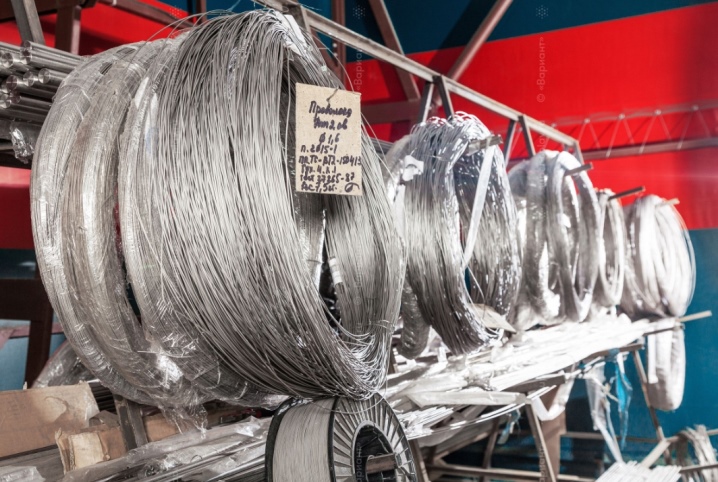
- Brass... Work with brass and bronze.
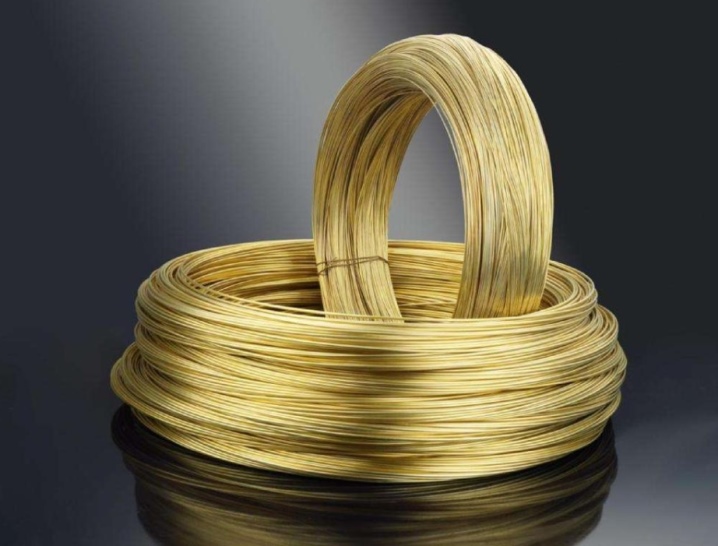
- Steel... Directly designed for welding with steel.
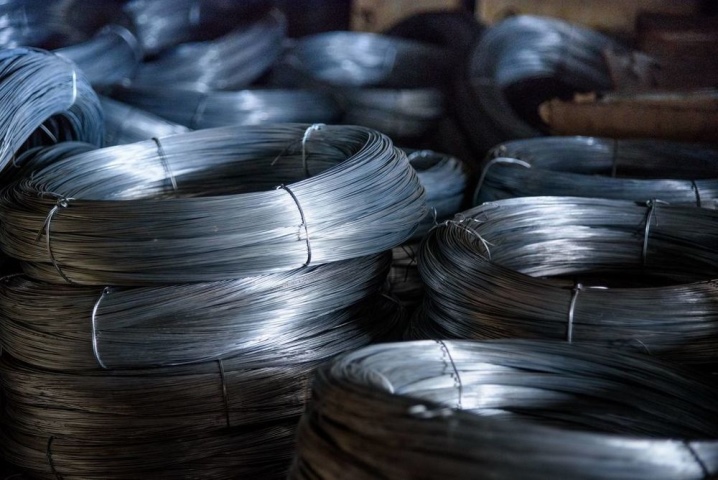
- Twisted... Bonds to elastic and soft metals.
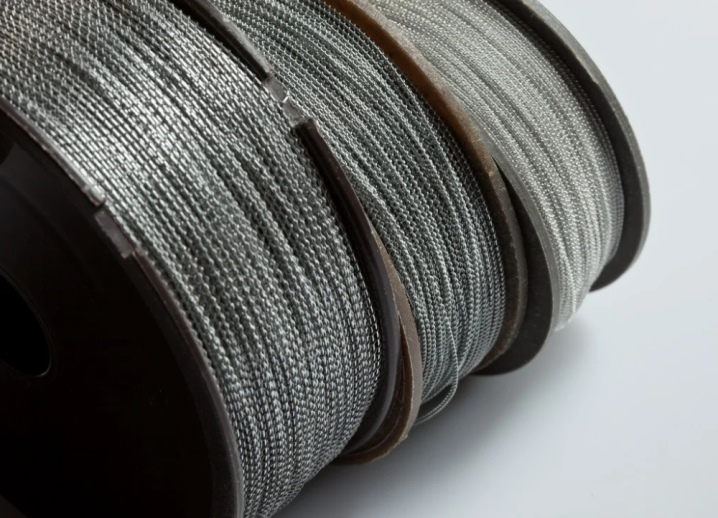
- Calibrated... They are used in the production of materials with impurities of various compounds.
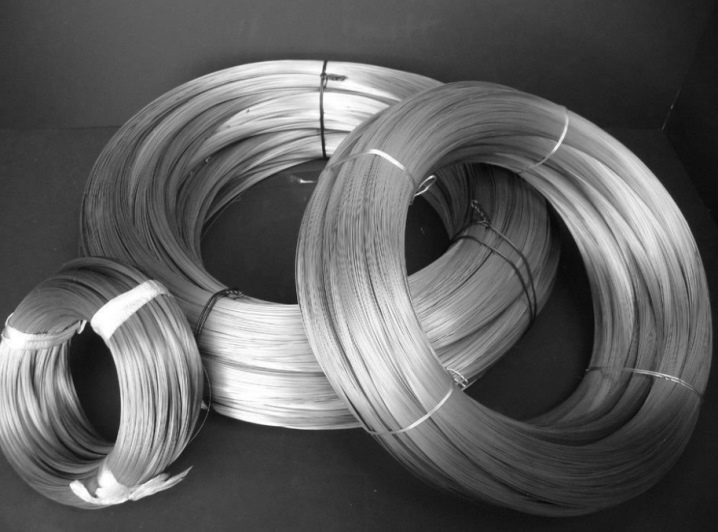
- Zinc... Welding with zinc alloys.
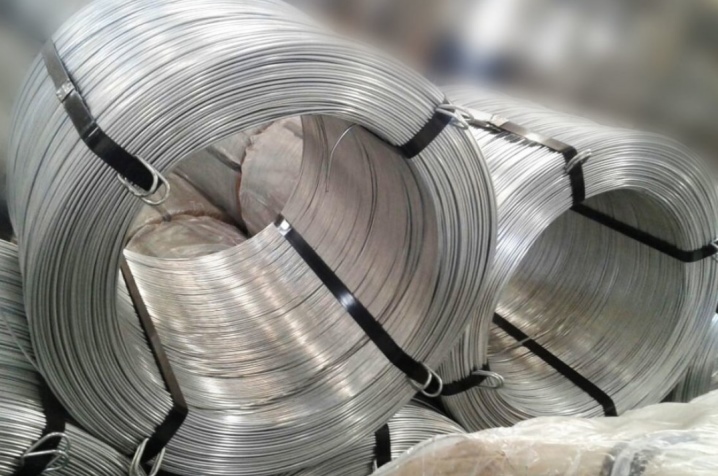
- Molybdenum... Such a product has found its application in areas with requirements for the size of parts and the resistance of materials at high temperatures.
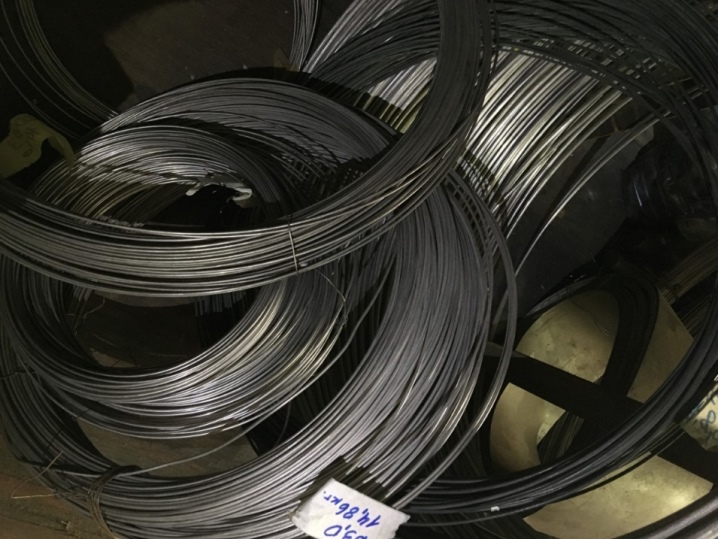
- Surfacing... Made of special materials, the features of which make it possible to participate in the welding process in the production of metal structures.
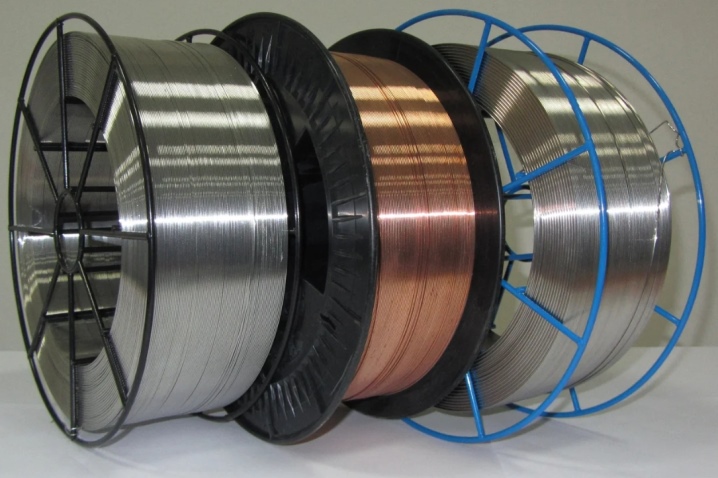
- Plastic... Practical to use, does not rust, very resistant to chemicals and fertilizers. Therefore, it is often used in the garden and in the country.
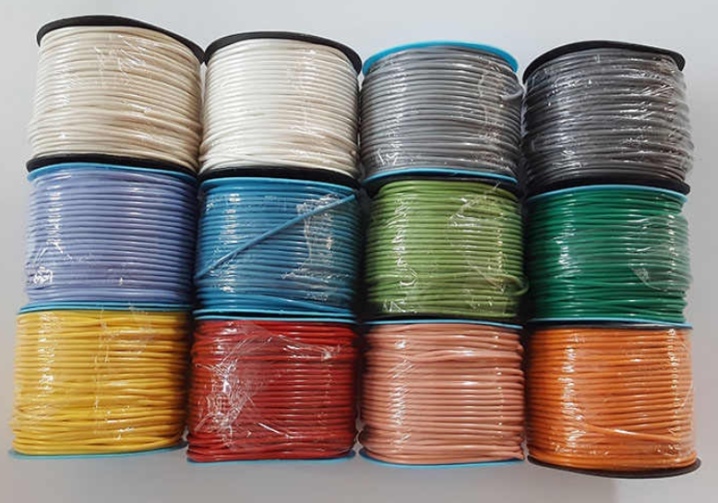
- Platinum... A coil of such wire is quite expensive. Used in devices and fixtures where durability and trouble-free operation are required.
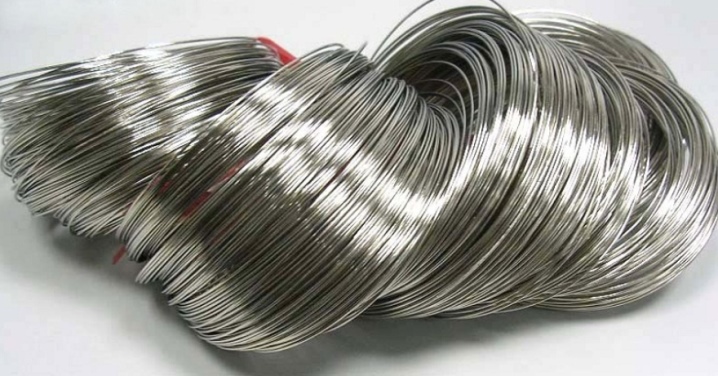
- Cable car... It is used for the production of Egoza-type wire fences.
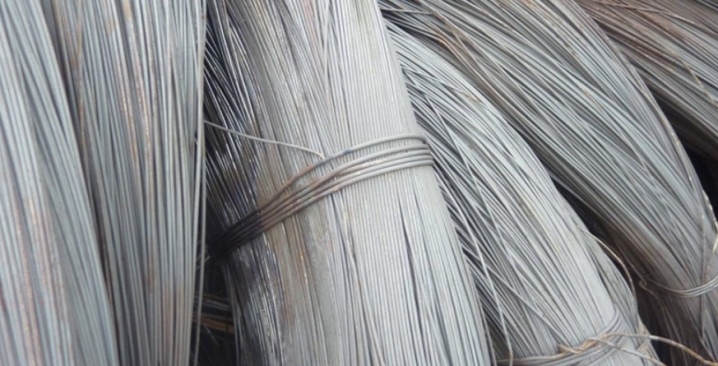
- Twisted... This type is used in almost every area. Since such a wire is very strong and durable.

- Flat wire.
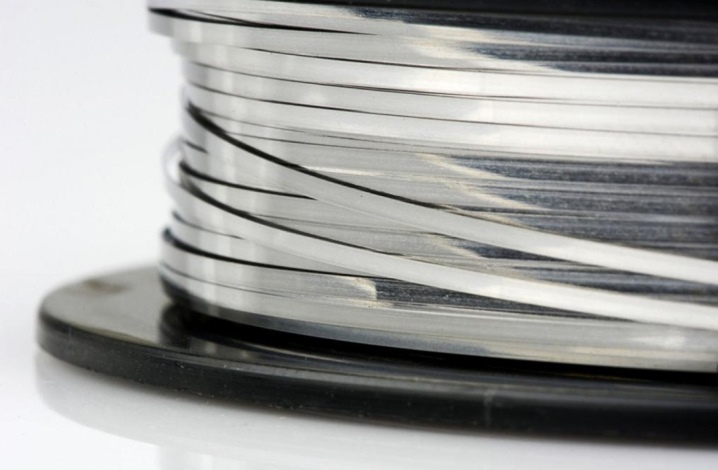
Marking
Each of the types of wire (aluminum, lithium, flux cored, etc.) subject to marking in accordance with GOST (state standard). This aspect is important, since alloyed alone has about 80 grades. Sv-06X19N9T (sv - the name of the species; other letters and numbers indicate the composition of this compound) - the letter used in electric welding (06 - the percentage of carbon in the product (0.06%); X - the presence of chromium (19%); H - nickel (9%); T - titanium). Since, after "T" no numbers are set, this means that the percentage of titanium is not more than 1%.
Thus, each of the wire types in its certificate has this code, by which it is possible to find out the composition of the material... For products made of brass alloys, the code is simpler (2.5 L70) - the numbers in front indicate the diameter of the wire.As a result, we have before us a brass product with a diameter of 2.5 mm. The same system works in aluminum markings in accordance with GOST 7871 (Sv1002, SvA3K).

Aluminum wire made strictly from welding of pure aluminum, or its mixtures (a special adapter is used). This process is carried out in semi-automatic gas pressure welding. Frequently used wire - Amg6, AMG3, AMg5 (GOST 7871). The production of steel wire is carried out in a high vacuum environment in special furnaces, due to which an alloy is obtained. The method of electroslag remelting is also used. The choice of the method of creation is prescribed in the contract between the manufacturing company and the consumer.
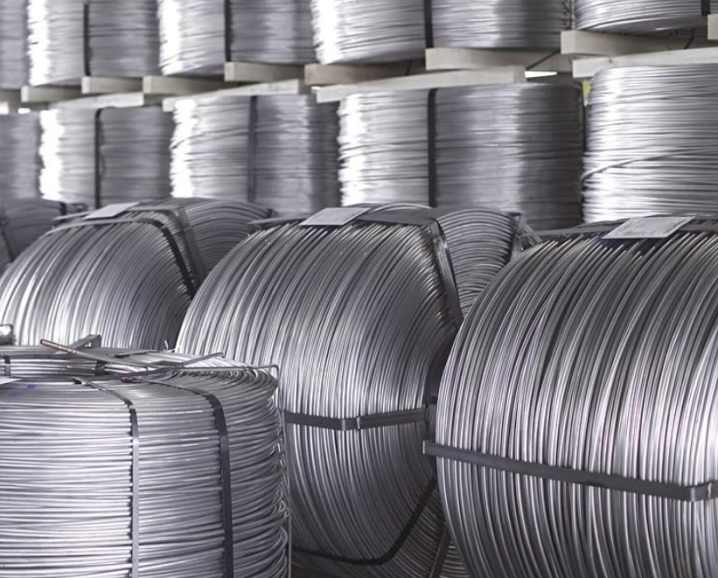
Copper-plated wire contains alloyed and low-carbon steel in the composition of its alloy. Based on the prescribed GOST 2246, the buyer is obliged to present a special permit, then place an order. In the production of this type, electric arc welding is used.
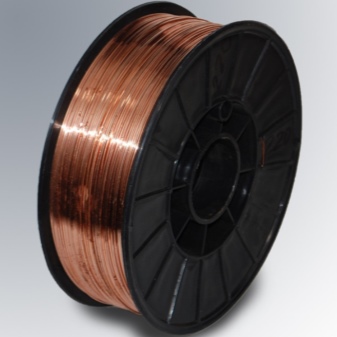
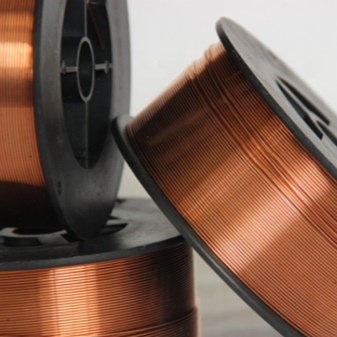
Flux-cored wire (self-shielded) presented in the form of a powder, which is poured into a tubular, metal product, covered with two layers with folds. The content acts as a flux. There is a percentage ranging from 15-40%, specific data are indicated in the certificate. The main purpose of this wire is welding work in carbon dioxide conditions, it is also possible in a normal environment. Powder mixture according to its content can be of 5 types:
- fluorite;
- rutile (organic compound);
- fluorite-carbonate;
- rutile fluorite (mixed);
- rutile with an admixture of inorganic elements.
Flux cored wire is often used in the construction of structures with special conditions (under water, in a vacuum).

By section shape
Each type of wire differs in the shape of its cross-section.
- Round form.
- Rectangle.
- Trapezium.
- Square.
- Shaped profile.
- Trihedron.
- Hexagon.
- Oval image.
- Segmental.
- "Z-shaped".
- X-shaped.
- Wedge.
- Periodic profile.
- Special profile.
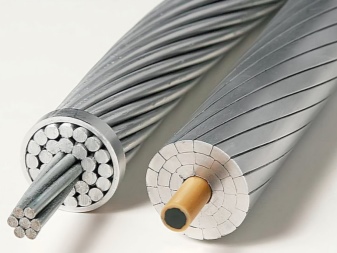
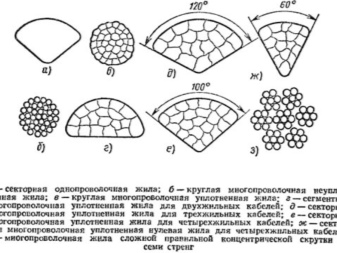
By chemical composition
Before choosing the type of wire, you should also familiarize yourself with the chemical composition, since when one alloy is combined with another, the process of oxidation or deformation is possible. Also, types of wire of different chemical composition are used in different fields, for example, hard bronze wire of a special chemical composition is used in mechanical engineering, but its soft version of a different composition is used in applied arts. This also happens with other types, for example, with lead wire.
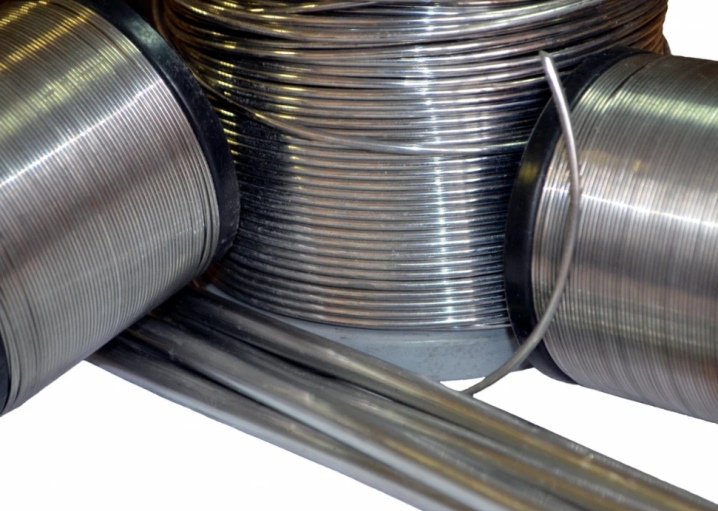
According to its molecular content, the wire is divided into the following types:
- low-carbon compounds (up to 0.25% carbon content);
- high carbon alloys (above 0.25% carbon);
- alloy steel wire;
- having highly alloyed mixtures;
- alloys that respond to properties (anti-corrosion, increased thermal stability, high-temperature strength, precision).
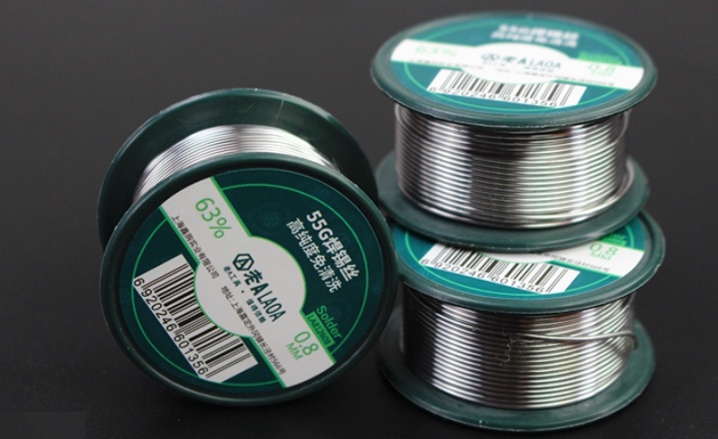
By type of finishing
The final working out of the metal of the wire is an important element in its manufacture, since it directly depends on the further operation in welding. The types of final mining differ:
- annealed;
- highly heat treated;
- released;
- released under the action of mechanical stress (it is considered stabilized);
- normalized;
- patented;
- not highly heat treated;
- hardened and tempered;
- cold drawn;
- cold rolled;
- calibrated;
- heat-drawn.
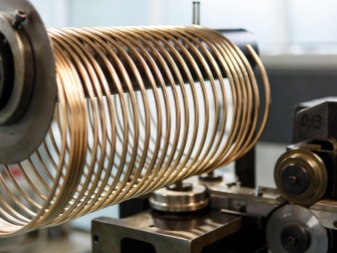
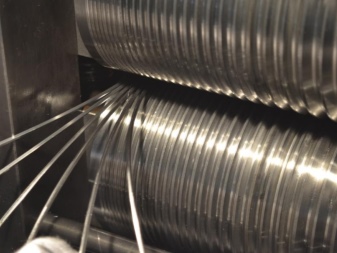
By surface type
The appearance of the surface is responsible for the further physical contact of the atoms of one alloy with another. Corrosion can occur if species are not selected correctly. The following surfaces exist:
- without the use of additional finishing after metal deformation;
- covered, mainly occurs after grinding and turning at an intermediate size;
- polished, using special tools (polish);
- polished;
- etched.
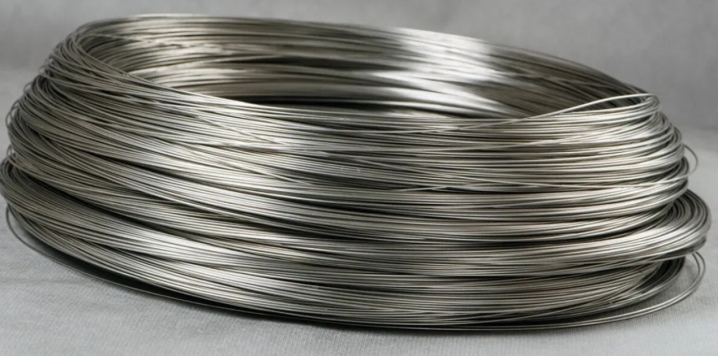
Special wire surfaces are also available.
- Metal surface... It contains elements: brass, aluminum, copper, zinc.
- Non-metallic. Its surface is filled with polymers and phosphates.
- Light... It is caused by the presence of heat-treated tarnishing color.
- Black... Also exposed to high temperatures, but the surface has a scale coating.
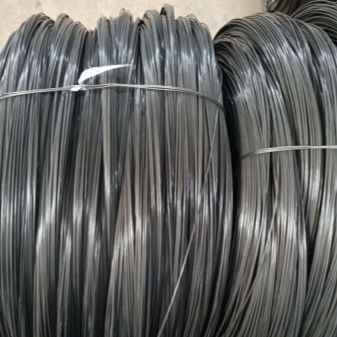
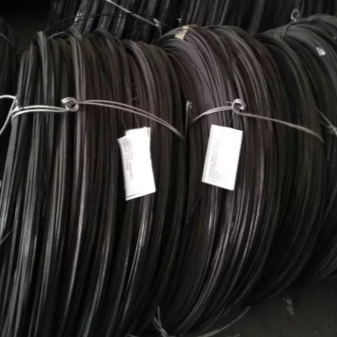
By appointment
The wire should be selected according to their functions and purpose, they are distinguished in this way:
- household use;
- reinforcement of reinforced concrete products (prestressing of the applied structures is required);
- for welding purposes;
- for surfacing;
- use as a rope;
- when working with flexible rods for centralizing arrows and signals;
- making strings;
- iron nets;
- in telecommunications (overhead transmission line);
- for wires;
- cables and cords;
- bandage;
- as a heater and resistance element;
- for the coefficient of elasticity;
- in achieving the required elasticity with heat treatment and linear expansion;
- control of harmonic signals;
- constructional (various layouts);
- use as a fastening material (packaging type);
- split pin;
- polygraphic (covers multiple aspects of application);
- needle;
- pebbled;
- shackle;
- linking;
- cardinal;
- reed application.
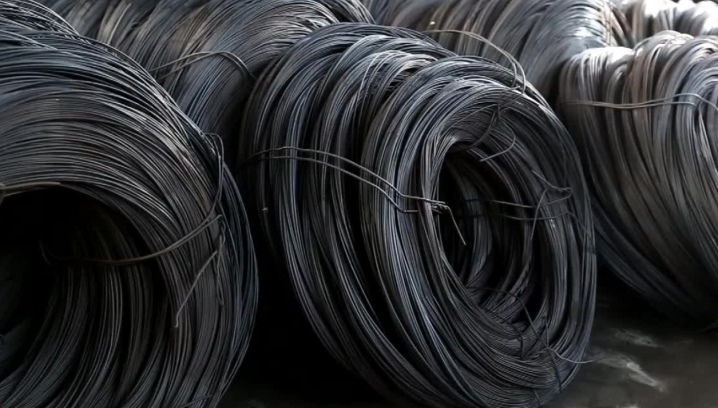
Dimensions and weight
Sizes can also differentiate. There are only 9 groups, each coil of wire has a different weight and thickness.
- The first group is less than 0.01 cm.
- The second group is from 0.01 to 0.02 cm.
- The third group is 0.02 - 0.04 cm.
- The fourth group is 0.04 - 0.08 cm.
- The fifth group - 0.08 - 0.16 cm.
- Sixth group 0.16 - 0.4 cm.
- Seventh group 0.4 - 0.6 cm.
- The eighth group is 0.6–0.8 cm.
- The ninth group is from 0.8 cm and above.
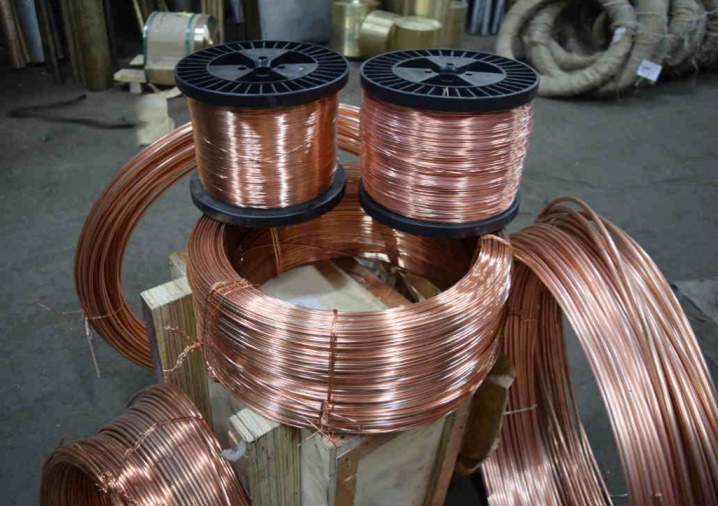
Application
The wire is used mainly for technical and decorative works... Its main role is as a material in the manufacture of various building elements. These are steel ropes, steel cords, metal nets. In thermoregulatory devices (electric ovens, heaters, thermal motors,), the protrusion wire is used as a heat-conducting material. Measuring tapes are installed in spring, heating elements - membranes.
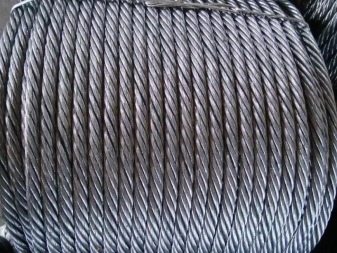
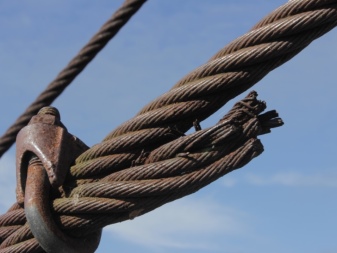
In a variety of fasteners: nuts, bolts, washers, rivets and others. In the creation of pipes, a crimped tape is used. It is an element of saws for metal and wood, roller bushings for bicycle and motorcycle chains, cable insulation, razor blades. The main areas of application are:
- mechanical engineering;
- the sphere of metal processing;
- production of building materials;
- in various fields of industry;
- the sphere of metallurgy;
- oil and chemical structure.
The choice of wire is not the easiest one, since there are a huge number of types and classifications, so if you do not need this product for living conditions, then approach the choice responsibly, using all the advice.
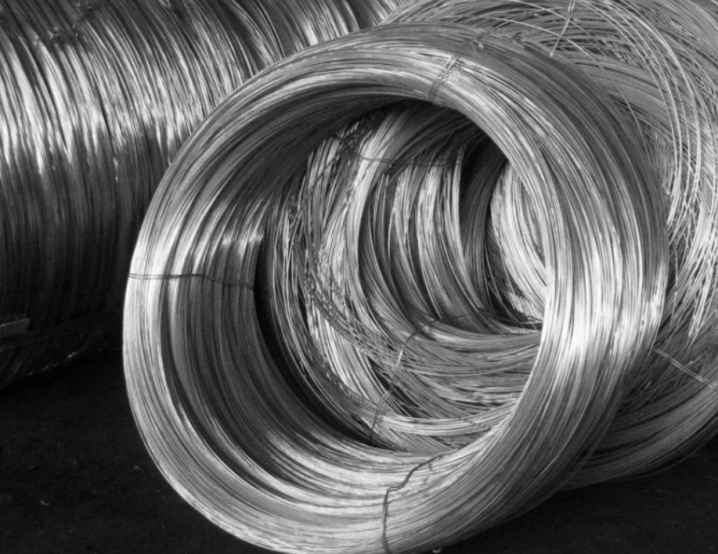
In the next video, you will learn how to choose a wire for a semiautomatic welding machine.













The comment was sent successfully.